Note: The device may be unlocked only with the user's authorization.
Mobile devices serve as a great means for the storage of digital information and other relevant data, and thus for privacy, security features must be instituted. instituted. Common security features of the device include the fingerprint Face ID and pattern lock, which happens to be the most popular.
The pattern lock entails when a sequence is drawn across a grid to form a pattern which is the key to unlocking the device. You can also decide to create patterns with variations in complexity to maintain the data privacy on your device.
This article takes a look at all possible pattern lock combinations for Android and a solution even if you forget the password. Keep reading and find the one you like.
- Part 1. How Many Possible Pattern Lock Combinations Are There?
- Part 2. All Possible Pattern Lock Combinations
- 1. Common Pattern Lock Combinations
- 2. Simple Pattern Lock Combinations
- 3. Medium Pattern Lock Combinations
- 4. Complex Pattern Lock Combinations
- Part 3. How to Set Up a Secure Pattern Lock for Your Device
- Part 4. Quickly and Effectively Unlock Device if You Forgot Screen Pattern
Part 1. How Many Possible Pattern Lock Combinations Are There?
The number of possible patterns is determined by the length of the pattern (i.e., how many dots you connect). Android requires a minimum of 4 dots and allows a maximum of 9 dots. The possible number of patterns increases exponentially with longer pattern lengths due to the increasing complexity of options.
Here’s a breakdown of the total combinations by pattern length:
4 dots: 1,624 possible combinations
5 dots: 7,152 possible combinations
6 dots: 26,016 possible combinations
7 dots: 72,912 possible combinations
8 dots: 140,704 possible combinations
9 dots: 140,704 possible combinations
Part 2. All Possible Pattern Lock Combinations
There is a vast array of pattern lock combinations that can be used for mobile devices, starting from the most basic patterns to patterns that follow complex sequences. The choice of pattern is often determined by how important the user regards privacy on their device. This section takes a look at the most common and complex pattern lock combinations.
Common Pattern Lock Combinations
The most common pattern locks are representations of alphabets, which stand for the initials if anything significant. Examples include Letter Z, S, M, L, and P patterns. Most of these patterns, which resemble alphabets are typically easy to use but may not be the safest option to use.
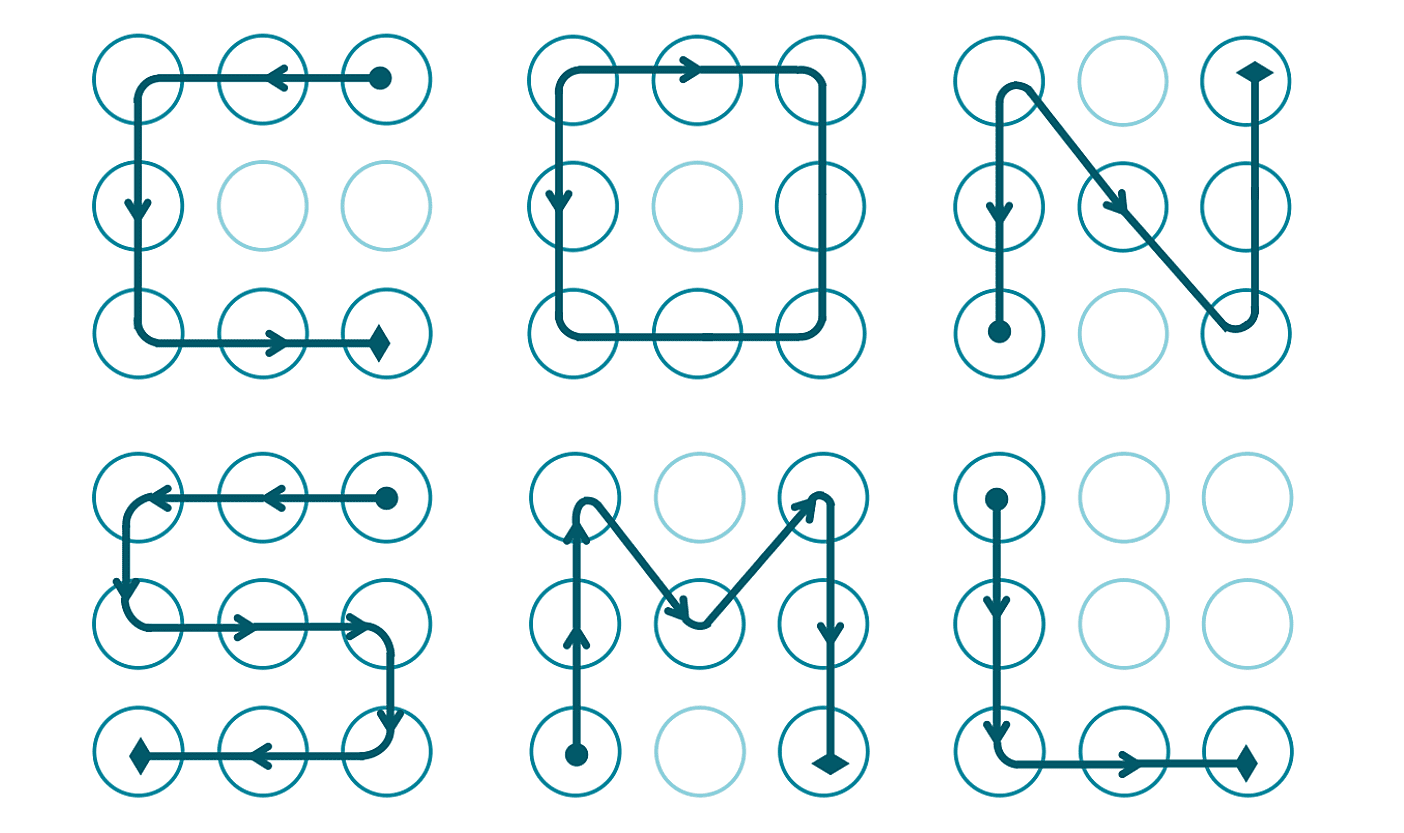
Simple Pattern Lock Combinations
Simple patterns are typically straightforward and easy to memorize. They involve fewer nodes and less intricate paths, making them accessible yet less secure. Here are a few examples:
Simple Pattern Lock Combinations:
Sequence: 4 > 8 > 5 > 9
Sequence: 7 > 8 > 9 > 6 > 3
Sequence: 5 > 7 > 8 > 6 > 9
Sequence: 4 > 2 > 5 > 6 > 8 > 9
Sequence: 2 > 4 > 7 > 8 > 9 > 6 > 5

Medium Pattern Lock Combinations
Medium patterns offer a balance between complexity and memorability. They introduce more nodes and require users to follow slightly more intricate paths, providing better security than simple patterns. Try these medium complexity combinations:
Medium Pattern Lock Combinations:
Sequence: 4 > 2 > 6 > 9 > 8 > 5 > 3
Sequence: 1 > 2 > 3 > 5 > 4 > 7 > 8 > 9
Sequence: 2 > 5 > 8 > 9 > 6 > 5 > 4 > 7
Sequence: 9 > 8 > 6 > 2 > 3 > 5 > 1 > 4 > 7
Sequence: 1 > 5 > 9 > 8 > 6 > 3 > 2 > 4 > 7

Complex Pattern Lock Combinations
Complex pattern combinations involve intricate paths that connect multiple nodes with diagonal lines, overlapping turns, and extensive coverage of the grid. These patterns are challenging to predict due to their non-linear paths and frequent direction changes. They often require using nearly all available nodes and cross over themselves multiple times, making them highly secure and difficult to replicate. Here are some examples of complex combinations:
Complex Pattern Lock Combinations:
Sequence: 1 > 6 > 3 > 5 > 2 > 4 > 9 > 8 > 7
Sequence: 4 > 9 > 2 > 1 > 6 > 3 > 7 > 8
Sequence: 5 > 8 > 1 > 4 > 2 > 6 > 3 > 5 > 7 > 8 > 9
Sequence: 1 > 5 > 9 > 6 > 5 > 4 > 8 > 5 > 2 > 3 > 5 > 7
Sequence: 5 > 7 > 3 > 8 > 2 > 9 > 1 > 6 > 5 > 4

Extra Tips
3 > 4 > 9 > 7> 6: This sequence gives you a pattern that resembles an hourglass with three layers.
5 > 2 > 7 > 6 > 1 > 8 >3 > 4 > 9 >2: A much more complicated sequence that revealed a complex pattern shaped like a star.
7 > 2 > 9 > 1 > 4 > 8 > 3 > 6 > 7: For an air jet pattern, use this sequence.
Part 3. How to Set Up a Secure Pattern Lock for Your Device
Experts advise that security patterns for devices shouldn't be one that could be easily figured out through guesses, as it makes you more liable to disruption of data privacy. To set up a more secure pattern lock, here are a few things to keep in mind.
The longer the pattern you have, the less likely the chances of people guessing or predicting the pattern.
Using patterns like name initials that can be easily associated with you is not recommended.
If you want to use letters as patterns for simplicity, try making a few alterations, like starting the letters from the wrong direction. For instance, rather than starting the letter Z from left to right, you can attempt starting from right to left.
For basic complex patterns, try to use multiple crossovers that cannot be easily predicted.
Many users recommended. Remove Android Screen Lock without Passwords in Minutes
Part 4. Quickly and Effectively Unlock Device if You Forgot Screen Pattern
If, by any chance, you forget your screen pattern lock and need a tool to remove this pattern effectively, then you should use third-party software to do it for you.
The WooTechy iDelock (Android) is first-class and professional unlocking software that is designed specifically to cater to the unlocking needs of various Android phones and Android tablets. This tool can help unlock the screen pattern lock, PIN, face ID and touch ID in a few minutes; it can be used on various Android devices and all Android versions. In addition, WooTechy iDelock for Android has a modern user-interface that is easy to navigate, and thus no technical skill is required if you are a non-expert.

75.000.000+
Downloads
- You can use iDelock (Android) to solve many lockout issues, such as forgetting passcode, getting into a stolen Android phone, and resetting an Android phone when locked.
- It supports Samsung FRP bypass as well as Xiaomi/Redmi FRP bypass without password.
- It is always reliable due to its high success rate.
- If you are a Samsung user, it can help you remove screen lock without losing data at all!
- The intuitive interface makes it easy to unlock your device.
- 24-hour support is available. You deserve to have it.
- The entire unlocking process is completed in minutes and 100% secure.
Free Download
Secure Download
Coming Soon
Secure Download
Here Is How to Unlock the Device if You Forgot the Screen Pattern
Step 1. Launch WooTechy iDelock (Android), then select Remove Screen Lock on the interface.
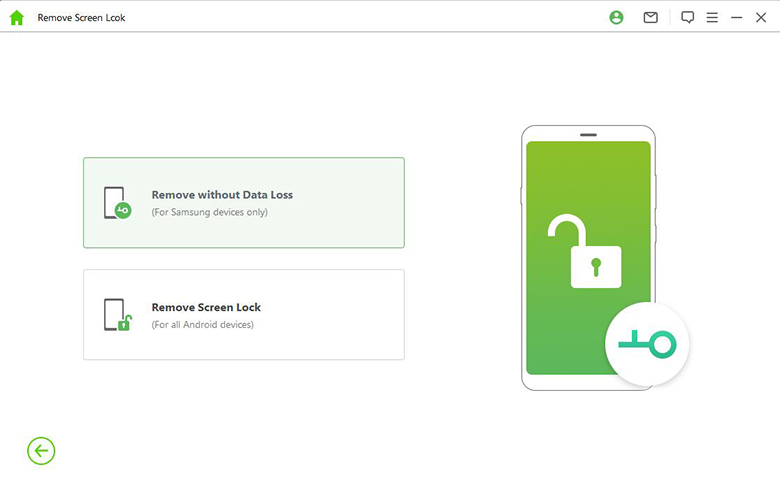
Step 2. Verify your device information on the next screen. Correct the information manually if there are any errors. Then click Confirm to proceed.
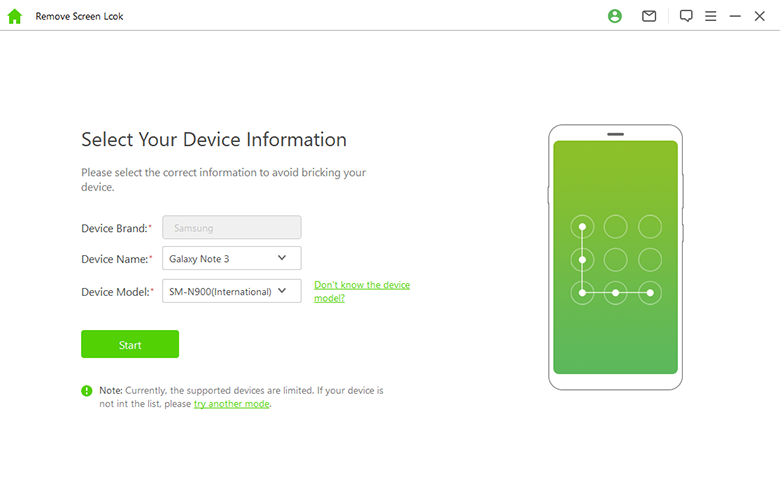
Step 3. iDelock will provide the data package for your phone. Click on Download to continue.
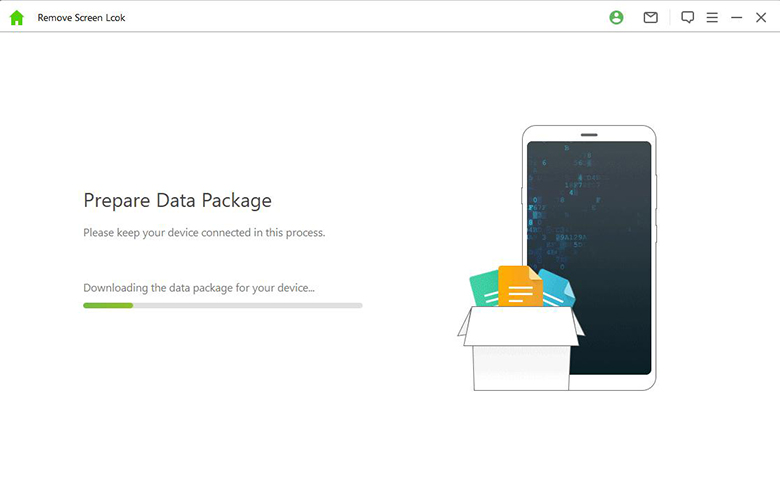
Step 4. When the package is ready, select Start to Unlock. Then, iDelock will begin the bypass, which only takes a few minutes. After that, you can set up your phone as new without the previous screen pattern.
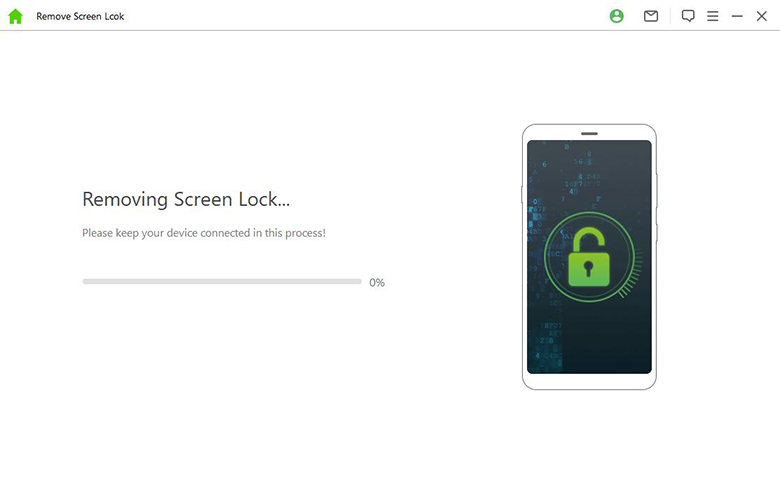
Conclusion
Screen pattern is a common and great feature to protect your device, which should be designed carefully. Here in this post, you can learn some basic knowledge on all possible pattern lock combinations. And if you forget the pattern of your phone unluckily, you can use the WooTechy iDelock for Android for Android to help you out. Just download it and give it a try!
Free Download
Secure Download
Coming Soon
Secure Download












